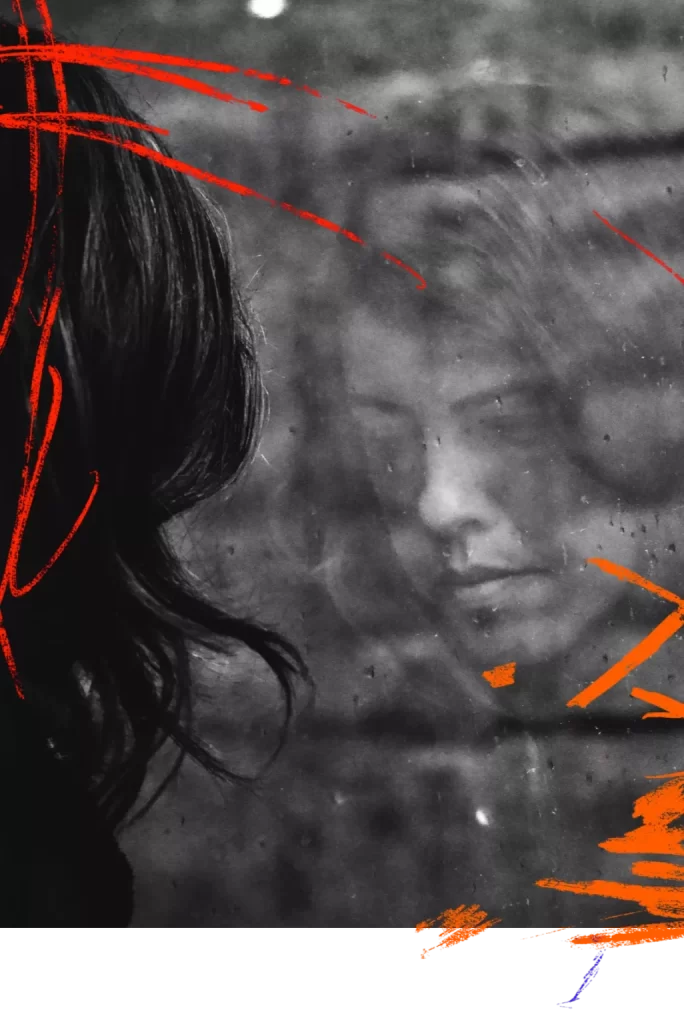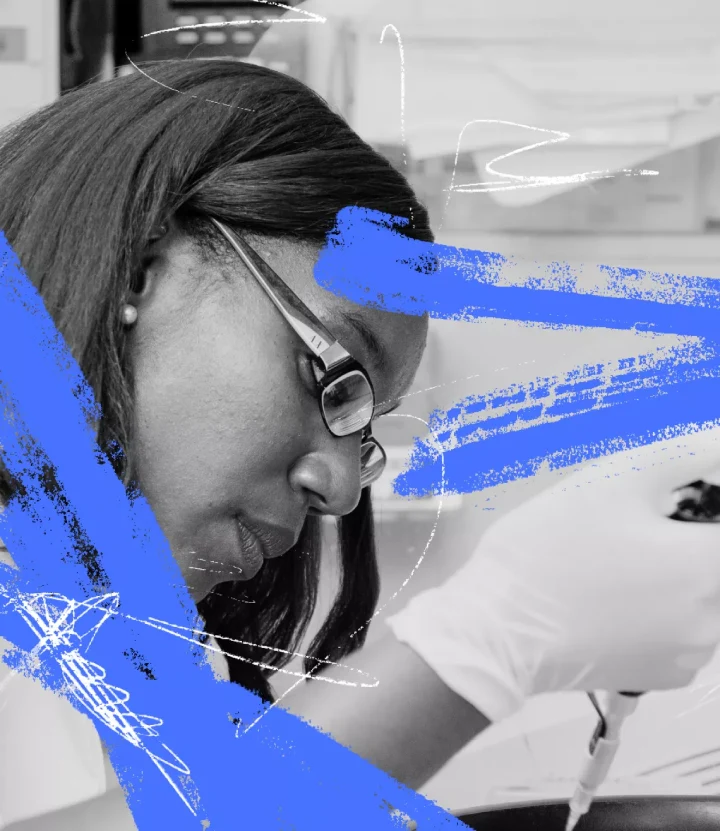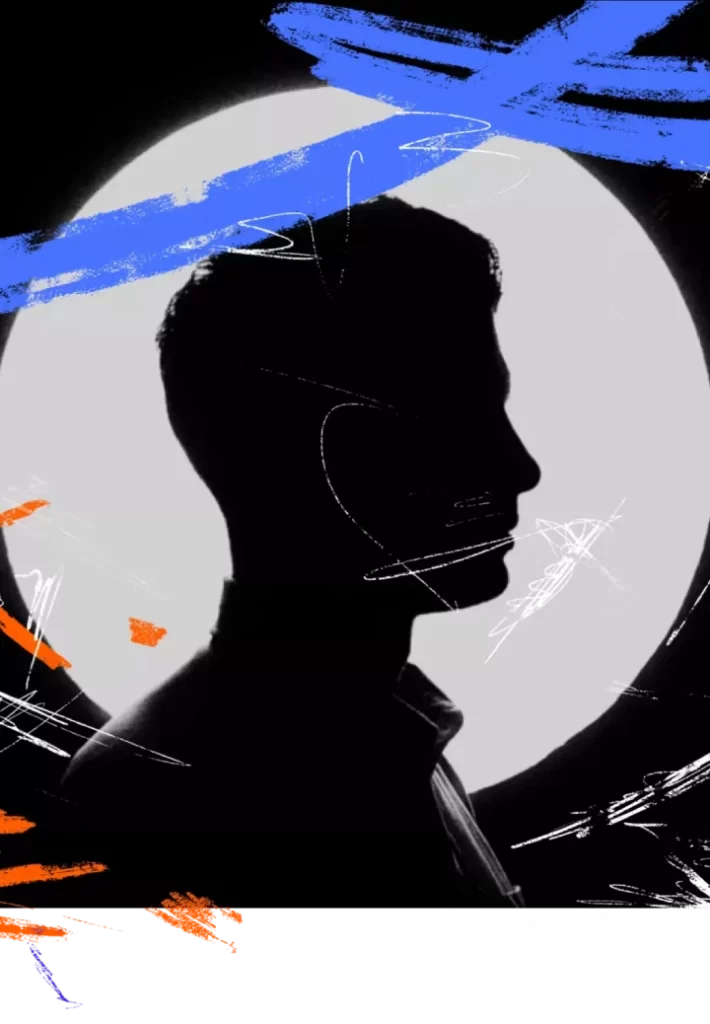Why Klarisana?
Find the reasons why you should break through mental chaos with us by your side.

A new ketamine treatment paradigm

Persistent mental health conditions can distance individuals from their authentic selves, causing symptoms such as despair, fatigue, and hopelessness to overwhelm their everyday experiences. At Klarisana, we walk side by side with our patients through their unique transformational journey, empowering them to reconnect with their sense of self and a more peaceful, balanced perception of the world around them.
Our methodology employs intramuscular (IM) ketamine which puts patients quickly under the psychedelic influence, allowing them more time to delve into the vibrant soul-searching experience as well as processing the meaningful insights that arise in this space.
Within the IM model, patients are given two separate doses of ketamine in the initial 20 minutes of their visit. ; the peak of the client’s experience occurs earlier on compared to other models and gives the patient more time to explore and fewer side effects to deal with afterward. Throughout the session, patients are closely monitored in order to ensure that all safety protocols have been taken, maximizing the efficacy and safety of the treatment.
Over the years, we have developed a clinical approach to the treatment that relies not only on the therapeutic properties of ketamine but also on comprehending and connecting with each patient’s story to better guide the profound transformative experience that follows.
Practice based on scientific evidence
We are fully committed to furthering our investigation into the medicinal potential of ketamine to continuously refine our scientific practices and better understand the full spectrum of its effects in tackling mental illness.
As a company, we continue to invest in ketamine research and other psychedelic-related medicines and share those results with our communities as a means to clarify common misconceptions surrounding the efficacy of these substances and the legitimacy of their use for medical purposes.
Affordable rates and insurance coverage
We firmly believe in ketamine as a mental health treatment medicine with the power to induce a life-changing experience for so many people suffering from treatment-resistant mental health conditions and chronic pain. It has always been an essential part of our philosophy to make this medicine as accessible as possible. As a result, we maintain the best rates for ketamine therapy in our region and accept many major insurance carriers for non-ketamine related services.

A committed and compassionate team
Trust, respect, and empathy are the cornerstones of the relationship our team develops with our patients. These values play a key role in what we do. Our staff understands the complexity of debilitating mental health conditions and own the necessary medical and human qualities to guide our patients through breaking mental chaos.
A groundbreaking foundation
Founded in 2015 by Dr. Carl J. Bonnett, a war veteran whose vision of love and compassion gave shape and form to Klarisana, one of the country’s first-ever ketamine clinics.
To this day, Klarisana remains a leading provider of ketamine therapy services in Texas and Colorado, providing the most compassionate and professional approach in the field of mental health services.
Non-ketamine psychotherapy also available
We understand that for some people suffering from mental illness, whether for reasons of religious, cultural, or other nature, making the decision to engage in a treatment that recurs to the use of psychedelic substances is not something they might feel entirely comfortable with.
Nonetheless, the fact that those people need help in dealing with their mental imbalances remains unchanged. For that reason, we assembled a service line dedicated to serving these patients with non-ketamine psychotherapy sessions in order to provide them with the help and support they need to overcome their conditions in a way that feels more soothing to them.

Want to learn more about ketamine therapy?
Klarisana is not just a clinic, it’s also the fruition of our belief that we can help people who are in a dark season of life realign themselves with the unique mission for which each of them was created. We believe that each person was created for a purpose and has an important mission to fulfill in this lifetime. Chronic pain, severe depression, post-traumatic stress disorder (PTSD), and other mental health conditions derail a person’s ability to carry out their mission. We offer ketamine therapy, which represents a totally different paradigm in treatment.
Ketamine treatment is exclusively covered by Medicaid Colorado at Klarisana, but we also work with a number of private insurance programs that cover other Behavioral Health Services. Please visit our insurance coverage page to see an updated list of insurance carriers that we work with.
Ketamine is approved by the US Food & Drug Administration for use in humans as an anesthetic agent and as an analgesic agent to supplement low-potency medications such as nitrous oxide. The use of ketamine for mental health conditions and the treatment of chronic pain is considered “off-label” by the FDA. Once a drug is approved by the FDA for one indication, then clinicians may use that same medication for other indications if they feel that the evidence supports the practice.
Ketamine is off-label because no one has invested the millions of dollars necessary to go through the multi-phase process of getting ketamine “approved” by the FDA for these indications. The fact that ketamine is a generic medication means that it is unlikely that any company or organization will ever spend the money to get ketamine “FDA approved.” The issue of whether there is good evidence to support the use of ketamine for the indications for which Klarisana is using it is separate from the simple discussion of FDA approval.
There are many medications that are prescribed and administered every day that are off-label. For example, Compazine (prochlorperazine) is indicated for nausea but is frequently used to treat migraine headaches. A common misconception is that just because a medication is not “FDA approved” for a certain indication, it means the FDA has prohibited its use for that indication. If the FDA wanted to prevent the use of any medication, it would issue a “black box” warning; this is not the case for ketamine.
Our rooms are decorated in order to convey sensations of relaxation, tranquility and peacefulness. Patients receive their IM treatments in privacy while under constant observation during the ketamine session. The provider performs an initial evaluation and physical exam and steps out of the room once the IM treatment has started. Most ketamine sessions last about one hour.
While ketamine is generally safe when administered properly, it can have side effects such as dissociation, increased blood pressure, or nausea. We educate patients about potential effects and closely monitor them throughout treatment. Additionally, if patients have a medical or behavioral health condition that may impact treatment outcomes, we make contact with their external providers to better understand if our treatment is the best option for them prior to proceeding.
Generally not. Ketamine definitely elicits changes in the perception of sights, sounds, time, and space. We find that carefully explaining what to expect ahead of time alleviates most of the anxiety that might otherwise occur. Also, creating a private, safe and comfortable space helps alleviate any anxiety about the experience.

